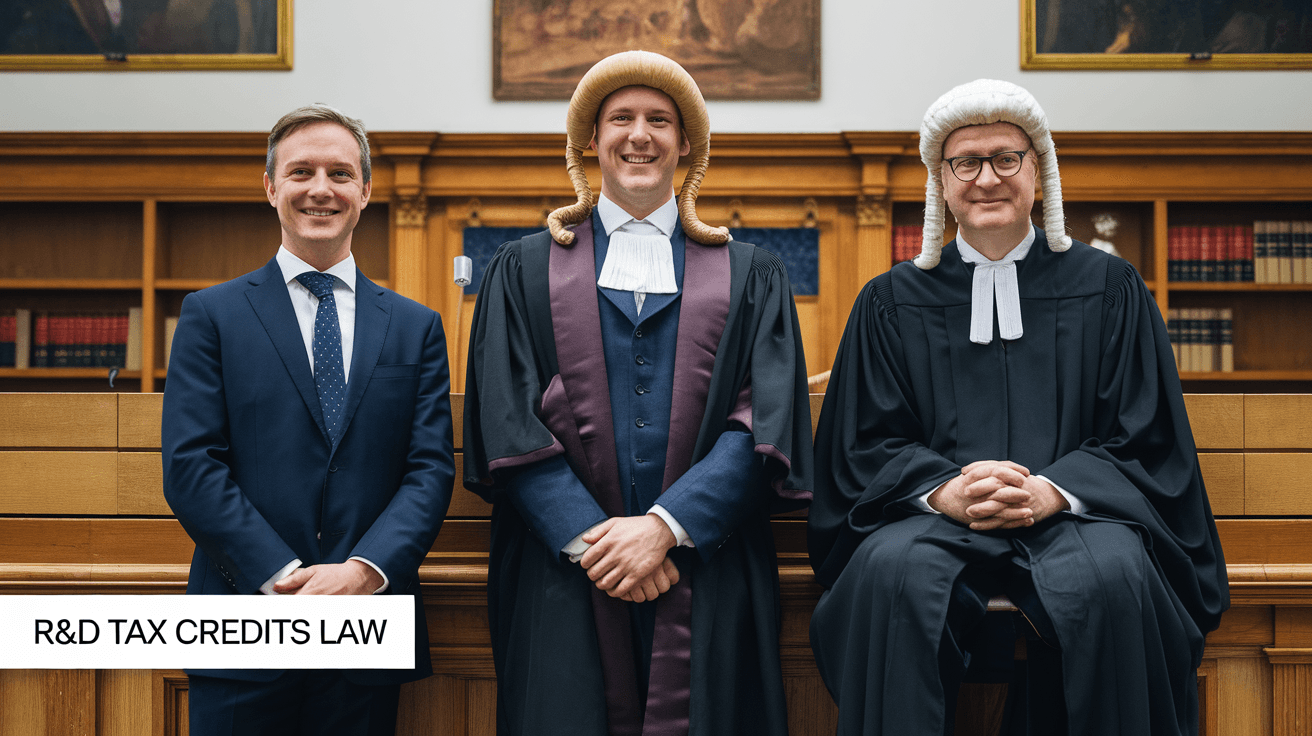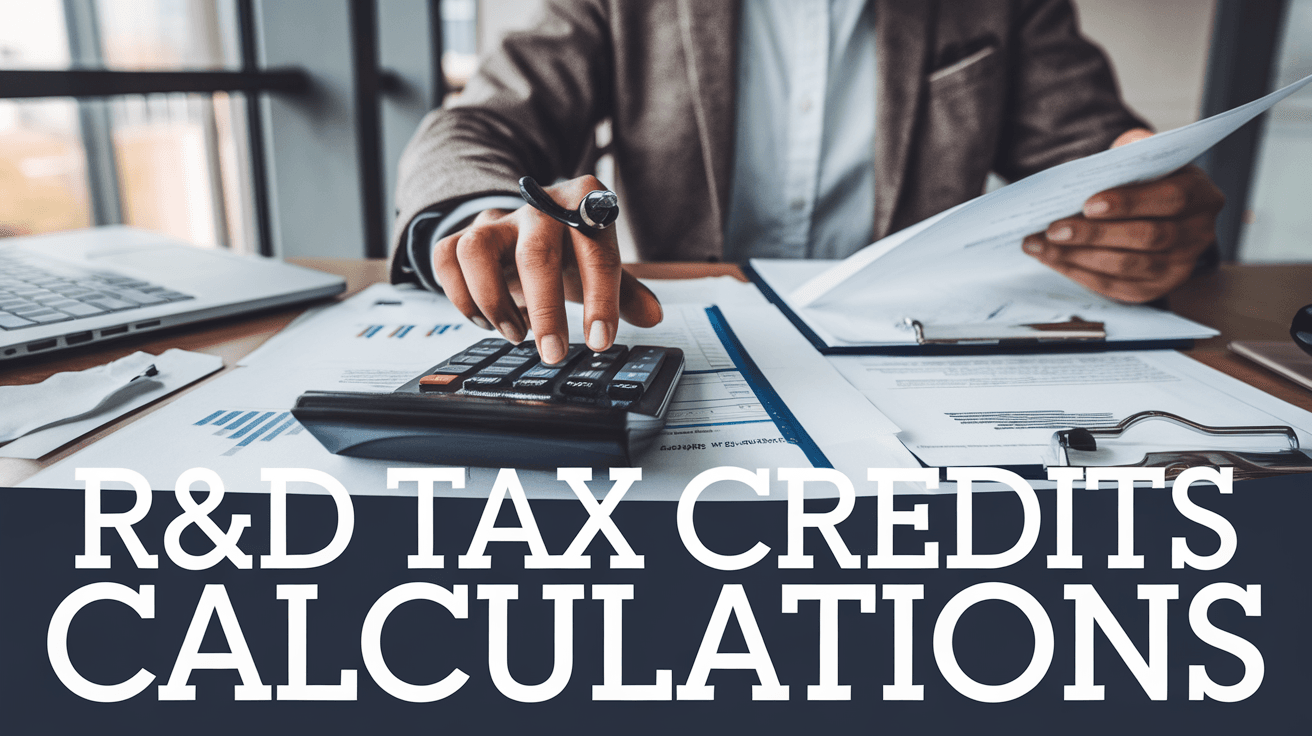R&D Tax Credits Stevenage Hertfordshire
R&D tax credits in Stevenage, Hertfordshire, are financial incentives designed to boost innovation and research and development. These credits enable businesses to reclaim a percentage of their qualifying R&D expenditure against their Corporation Tax liability, providing a significant financial advantage.
To qualify for R&D tax credits, your business must be involved in resolving scientific or technological uncertainties, making an advance in overall knowledge or capability, and conducting systematic investigations. This ensures that the credits are targeted at genuine innovation and development.
By working with R&D Tax Credit Specialists, you can navigate the application process with ease, maximise your eligible expenses, and benefit from expert guidance to ensure your claim is robust and compliant with HMRC requirements.

How Do R&D Tax Credits Benefit Stevenage Businesses?
R&D tax credits provide a financial boost to businesses in Stevenage, encouraging innovation and growth. By claiming these credits, you can reinvest in your company and stay competitive.
Financial Advantages
R&D tax credits allow you to reclaim a portion of the costs you incur during your research and development activities. This can significantly reduce your tax liability or even result in a cash refund, giving you more flexibility in managing your finances.
Competitive Edge in Innovation
Claiming R&D tax credits not only saves you money but also fuels your ability to innovate. By investing the savings back into your research and development, you can stay ahead of the competition, introduce new products or services, and solidify your position in the market.

Which Industries Commonly Claim R&D Tax Credits?
The technology sector, manufacturing, life sciences, and other innovative industries frequently claim R&D tax credits. These incentives are designed to support and encourage innovation, development, and advancement within these sectors.
Technology Sector
The technology sector is a leading claimant of R&D tax credits. Companies in this industry invest heavily in software development, artificial intelligence, and digital innovation. The credits help offset the costs associated with these advanced projects and foster ongoing technological advancements.
Manufacturing
Manufacturing is another significant beneficiary of R&D tax credits. Firms often engage in research to improve production processes, develop new materials, and enhance product design. These efforts can lead to more efficient and sustainable manufacturing methods.
Life Sciences
Life sciences companies also commonly claim R&D tax credits. Research in biotechnology, pharmaceuticals, and medical devices is crucial for advancing healthcare solutions. The credits support the high costs of clinical trials and development of new treatments.
Others
Other industries, including renewable energy, automotive, and construction, also take advantage of R&D tax credits. These sectors invest in innovative solutions to meet environmental standards, improve safety, and enhance overall performance.

What Qualifies as R&D Under UK Tax Law?
R&D (Research and Development) under UK tax law includes specific types of activities aimed at advancing knowledge or capability in a field of science or technology. The primary focus is on resolving scientific or technological uncertainties.
Qualifying Activities
Activities that qualify for R&D tax relief include experimental development, analysis, prototype testing, and software development, provided they are aimed at overcoming scientific or technological uncertainties. For example, developing new materials, improving manufacturing processes, or creating innovative software can all be considered qualifying activities.
Excluded Activities
Activities that do not qualify for R&D tax relief include market research, quality control, and routine data collection. Additionally, activities that are part of standard operational procedures, such as routine software updates or basic coding tasks, are excluded.

How Are R&D Tax Credits Calculated?
R&D tax credits are calculated based on your company's eligible research and development expenditure. The UK government offers these incentives to encourage innovation and technological advancement.
SME Scheme
If your company qualifies as a small or medium-sized enterprise (SME), you can claim up to 33.35% of your qualifying R&D expenditure as a tax credit. This scheme is designed to support smaller companies by providing a significant financial incentive for innovation.
RDEC Scheme
For larger companies, the Research and Development Expenditure Credit (RDEC) scheme applies. Under this scheme, you can claim 13% of your qualifying R&D expenditure as a payable tax credit. This helps larger organisations offset the costs of research and development.

Recent Changes to UK R&D Tax Credits
The UK Government has introduced significant updates to R&D tax credits, aimed at supporting innovation and fostering growth in the business sector. These changes are designed to make it easier for companies to claim and benefit from tax relief on R&D activities.
Policy Updates
- Increased Relief Rate: The relief rate for SMEs (Small and Medium-sized Enterprises) has been increased from 130% to 140%, meaning you can claim a larger percentage of your R&D costs.
- Simplified Eligibility Criteria: The criteria for eligible R&D activities have been revised to be more straightforward, reducing administrative burdens and making it easier to determine if your activities qualify.
These updates are intended to provide a clearer and more accessible pathway for businesses to benefit from R&D tax credits, ultimately driving innovation and economic growth.
Impact on Businesses
The revised R&D tax credits policy is expected to have a positive impact on businesses of all sizes, particularly SMEs. By increasing the relief rate and simplifying the eligibility criteria, the government is making it more attractive for you to invest in research and development. This could lead to increased innovation, better products, and ultimately, stronger market competitiveness.

How Can Stevenage Businesses Apply for R&D Tax Credits?
Stevenage businesses can apply for R&D tax credits by following a straightforward application process and providing the necessary documentation. This can significantly reduce your tax liability and support your research and development activities.
Application Process
- Register with HMRC: First, register with HMRC to start the application process.
- Complete the CT600 form: Ensure you complete the CT600 form, which is your company tax return, and include the R&D tax credit claim.
- Submit the claim: Submit your claim within two years of the end of your accounting period to be eligible for the credit.
Required Documentation
You will need to provide detailed documentation to support your claim. This includes:
- Project descriptions: Detailed descriptions of each R&D project.
- Cost breakdowns: A clear breakdown of eligible costs, such as staff salaries, materials, and software.
- Technical reports: Reports that explain the technological advancements and challenges addressed in your projects.
By following these steps and providing the required documentation, you can successfully apply for R&D tax credits and benefit from the financial support available to your Stevenage business.

What Common Mistakes Should Be Avoided When Claiming R&D Tax Credits?
To avoid costly delays and rejections, it’s crucial to understand the common pitfalls when claiming R&D tax credits. Overclaiming, underclaiming, and documentation errors are the main areas you should focus on to ensure a smooth and successful claim.
Overclaiming
Overclaiming can result in an audit and penalties, so it’s important to be realistic about your R&D activities. Only include costs that are directly related to your innovative projects and can be clearly justified.
Underclaiming
Underclaiming can mean leaving money on the table. Ensure you capture all eligible R&D expenses, such as staff wages, materials, and subcontractor costs, to maximise your claim.
Documentation Errors
Accurate and thorough documentation is essential. Keep detailed records of your R&D activities, including project plans, meeting minutes, and financial records. This will support your claim and reduce the likelihood of disputes with HMRC.
By avoiding these common mistakes, you can increase the chances of a successful and hassle-free R&D tax credit claim.

How Can Professional Advice Enhance R&D Tax Credits Claims?
Professional advice can significantly boost the value of your R&D tax credits claim by ensuring you maximise eligible expenses and avoid common pitfalls. By working with R&D Tax Credit Specialists, you can gain valuable insights and support throughout the process.
Role of Tax Credit Specialists
- Identify qualifying activities: Specialists can help you pinpoint specific areas of your research and development that qualify for tax credits.
- Calculate eligible costs: They can accurately assess and document all eligible expenses, including staff wages, materials, and subcontractor costs.
- Prepare robust documentation: Specialists ensure that your claim is well-supported with thorough documentation, reducing the likelihood of disputes with HMRC.
- Navigate complex regulations: They stay up-to-date with the latest tax laws and HMRC guidelines, ensuring your claim complies with all requirements.
Working with R&D Tax Credit Specialists can simplify the process and give you peace of mind, knowing that your claim is in capable hands.
Benefits of Expert Guidance
Expert guidance can streamline the R&D tax credit claim process and increase the likelihood of a successful outcome. Here are some key benefits:
- Maximised returns: Specialists can identify and claim all eligible expenses, potentially increasing your tax credit.
- Compliance with HMRC: They ensure your claim meets all regulatory standards, reducing the risk of audits or penalties.
- Time savings: By handling the claim process, specialists allow you to focus on your core business activities.
By leveraging the expertise of R&D Tax Credit Specialists, you can optimise your R&D tax credit claim and gain valuable financial support for your innovation efforts.
In Conclusion
R&D tax credits in Stevenage Hertfordshire are a valuable financial incentive designed to support and enhance your business's innovation and growth. By claiming these credits, you can significantly reduce your tax liability or even receive a cash refund, which can be reinvested into further R&D activities. This not only helps you stay competitive but also drives the development of new products and services.
To make the most of these benefits, it’s essential to understand the eligibility criteria and the application process. R&D Tax Credit Specialists can provide expert guidance to ensure you maximise your claim and comply with HMRC regulations. Don’t miss out on the financial support available to your business—contact R&D Tax Credit Specialists today to start your claim and enhance your innovation efforts.

